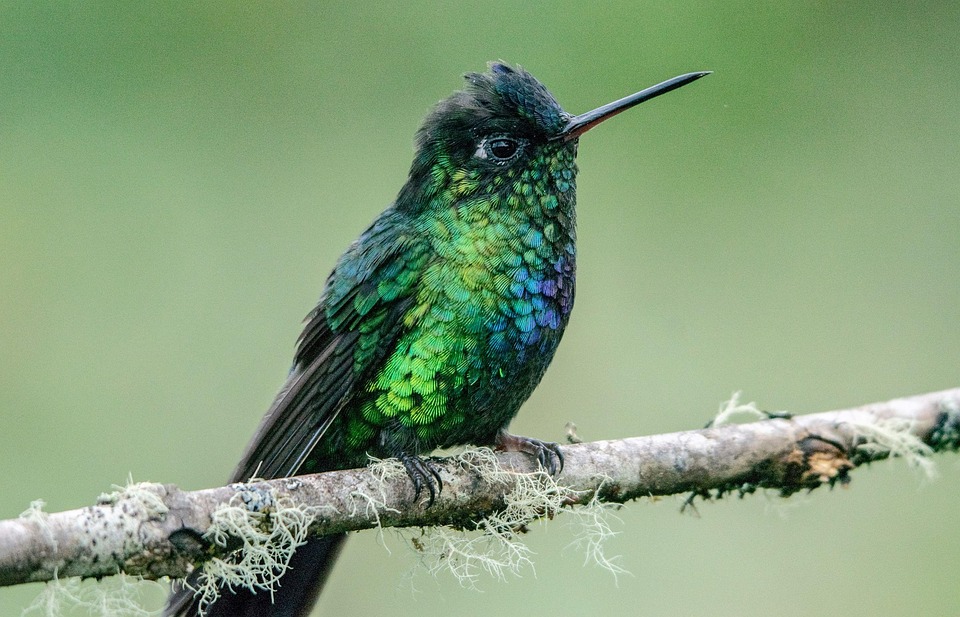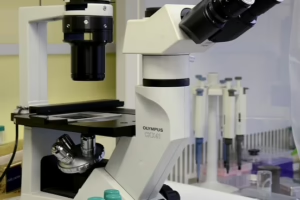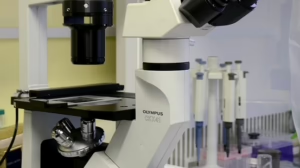Adaptation and Survival: How Species Evolve in Changing Environments
The natural world is a constantly shifting tapestry, woven together by the intricate threads of climate, geography, and biological interactions. These dynamics present a range of challenges for species striving to survive and thrive. In the face of such changes, adaptation emerges as a fundamental process through which organisms evolve, ensuring their continuity in an unpredictable environment. This article explores the mechanisms of adaptation, the factors influencing species survival, and the delicate balance that sustains biodiversity in a rapidly changing world.
Understanding Adaptation
Adaptation is a complex process through which species adjust over generations to various environmental pressures. This can occur through genetic variation, natural selection, and phenotypic plasticity—the ability of an organism to alter its physiology, morphology, or behavior in response to environmental changes.
1. Genetic Variation and Natural Selection
At the core of biological adaptation is genetic variation. Within any given population, individuals possess different genetic traits. When environmental conditions change, certain traits may confer a survival advantage. For instance, in a changing climate where temperatures rise, individuals with traits that allow them to tolerate heat may reproduce more successfully than those without such traits. Over time, through the process of natural selection, these advantageous traits become more common in the population, leading to evolutionary changes.
2. Phenotypic Plasticity
In addition to genetic adaptation, phenotypic plasticity plays a crucial role in how organisms cope with environmental changes. Species such as plants and animals can adjust their physical or behavioral characteristics in response to fluctuations in their surroundings. For example, some plants can alter their leaf orientation to maximize sunlight capture, while certain animals may change their foraging behavior in response to food availability. This flexibility can be critical for short-term survival and can act as a precursor to long-term genetic adaptation.
Factors Driving Evolution
Several environmental factors play a significant role in driving the evolution of species:
1. Climate Change
Shifts in climate, including rising temperatures, altered precipitation patterns, and increased frequency of extreme weather events, are some of the most pressing challenges facing species today. These changes can directly impact habitat availability, food sources, and breeding patterns, compelling species to adapt, migrate, or face extinction.
2. Habitat Destruction
Human activities such as deforestation, urbanization, and agriculture have fragmented ecosystems and altered habitats. Species reliant on specific ecological niches may find themselves at risk when these habitats are destroyed or modified. In response, some species may adapt by developing new behaviors or diets, while others may face decline or extinction if they cannot quickly adjust.
3. Invasive Species
The introduction of non-native species can disrupt local ecosystems and outcompete native species for resources. Consequently, indigenous species must either adapt to the presence of invasive species or risk being overwhelmed. Adaptations may include developing new survival strategies or alterations in reproductive habits, but in many cases, native species struggle to keep pace.
4. Changes in Food Sources
Fluctuations in the availability and types of food can trigger rapid evolutionary changes. For instance, animals with the capability to exploit new food sources or adapt their foraging techniques may better withstand food shortages, thus enhancing their survival prospects.
The Role of Extinction
While adaptation fosters the survival of some species, extinction is also a natural consequence of environmental change. Historically, species that failed to adapt rapidly enough to shifting conditions have vanished from the Earth. The current rate of extinction, however, has accelerated in part due to anthropogenic factors, leading to alarms about biodiversity loss. This presents a dual challenge: while adaptation is vital for some species, for many others, the prospect of extinction looms large.
Conclusion
Adaptation and survival in changing environments reflect the dynamic interplay between organisms and their habitats. While some species may thrive and evolve through these changes, others may struggle to keep pace and face extinction. Understanding the processes of adaptation and the factors influencing species survival is crucial for conservation efforts. By safeguarding biodiversity and protecting ecosystems, we can help ensure that life on Earth continues to foster the resilience and adaptability that has allowed it to thrive amidst change for millions of years. In a world where the only constant is change, studying and supporting natural adaptation mechanisms becomes a critical responsibility for humanity.
In summary, as we navigate the realities of environmental transformations, recognizing the delicate balance of adaptation and survival mechanisms in the animal and plant kingdoms is vital. It empowers us to take informed actions that mitigate human impact and foster a more sustainable future for all forms of life.


























Add Comment